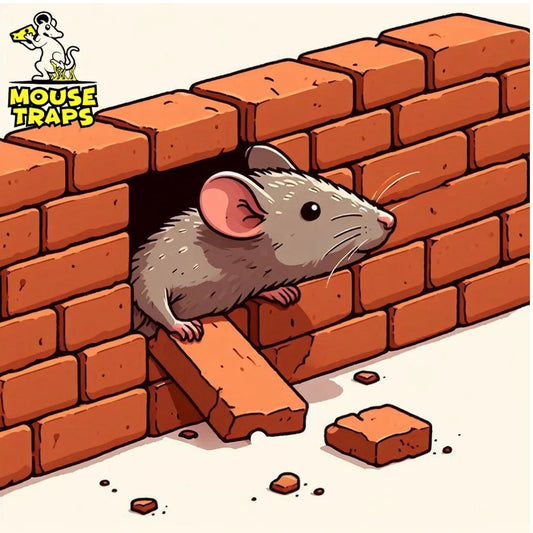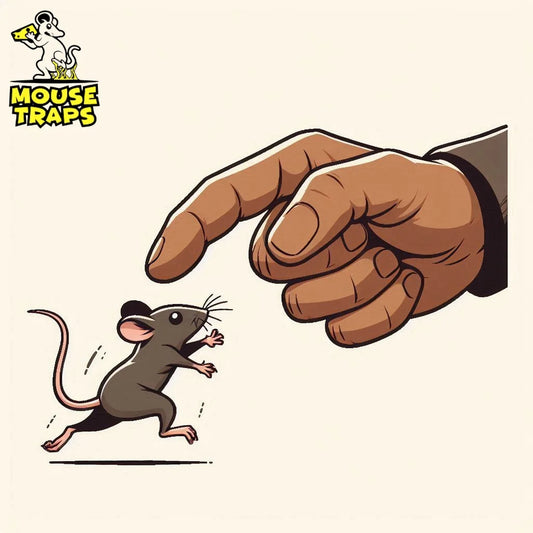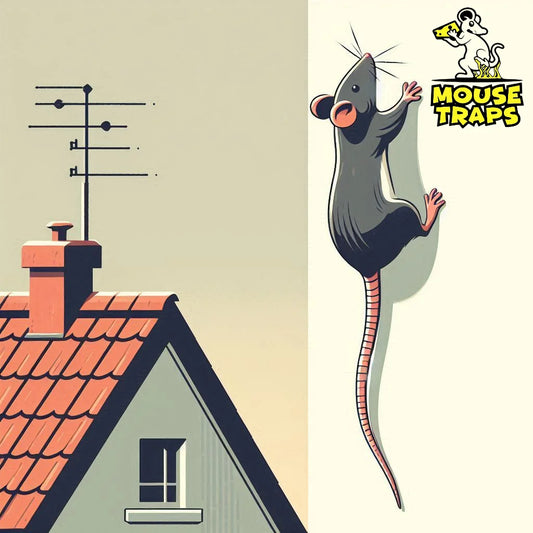Introduction:
Discovering rats in your home can be a distressing experience. Rats can be quite bothersome and problematic as they not create a nuisance but also bring along health hazards and property damage. It is important to be able to identify the indications of a rat infestation and learn methods, for managing it in order to regain control of your living environment.
Signs of a Rat Infestation:
Identifying the signs of a rat infestation early on is essential for prompt action. Here are some common indicators to watch out for:
- Droppings: Rat droppings are a telltale sign of their presence. These pellets are typically small, dark, and can be found in areas where rats frequent, such as along walls or near food sources.
- Gnaw Marks: Rats have a habit of gnawing on various objects to keep their teeth trimmed. Look for chew marks on furniture, walls, wires, and other household items.

- Nesting Materials: Rats often use shredded materials like paper, fabric, or insulation to build nests. Discovering such materials in hidden corners or in the attic can indicate a rat infestation.

- Urine Odor: Rats leave behind a distinct ammonia-like smell, especially in enclosed spaces where they frequent, such as crawl spaces or attics.
- Scratching Noises: Rats are nocturnal creatures, so you may hear scratching or scurrying noises coming from walls, ceilings, or attics during the night.

- Grease Marks: Rats have oily fur that leaves smudges or grease marks along walls and baseboards as they travel along their regular routes.
How to Get Rid of Rats:
Once you've identified the presence of rats it is crucial to address the issue and eradicate the problem. Here are steps you can take to get rid of rats:
-
Identify Entry Points: Inspect your home thoroughly to find any holes or cracks through which rats might be entering. Seal these entry points with steel wool, caulk, or metal flashing to prevent further access.
-
Remove Food Sources: Rats are attracted to food, so it's crucial to keep all food stored in sealed containers. Clean up spills and crumbs promptly, and avoid leaving pet food out overnight.
-
Use Rodenticides: If the infestation is severe, you may need to use rodenticides. However, use them with caution, especially if you have pets or children. Follow the instructions carefully and place them in areas inaccessible to pets and children.
-
Maintain Cleanliness: Keep your home clean and clutter-free to reduce hiding spots for rats. Regularly dispose of garbage and debris, and keep outdoor areas tidy as well.
-
Call a Professional: If you find it difficult to manage the rat infestation by yourself it might be worth reaching out, to a control specialist. These experts have the expertise and tools to address the problem in an efficient manner.
Set Traps:
Place rat traps in areas where you've noticed activity, such as along walls or in corners. Use bait such as peanut butter, bacon, or dried fruit to lure them into the traps.
Best Traps And Where to buy?
Live Traps:
Live traps are humane cages with triggered door mechanisms used to catch rodents like rats and mice without harming them. Baited with food, they safely capture rodents until they can be released into the wild, making them eco-friendly and safe for households with pets or children.
Click Here To Buy Live Traps

Advantages of Live Traps:
-
Humane: Live traps catch rodents without harming or killing them, allowing for their safe release elsewhere.
-
Safe for Pets and Children: Live traps pose minimal risk to pets and children since they don't involve toxic baits or spring-loaded mechanisms.
-
Environmentally Friendly: Live traps are an eco-friendly pest control option as they don't introduce toxins into the environment.
-
Easy to Use: Live traps are simple to set up and can be placed in various locations around the home.
Sticky Glue Traps:
Sticky pad traps are adhesive boards designed to catch rodents like rats and mice. Once placed along pathways or entry points, rodents become trapped on the sticky surface. While effective, trapped rodents may suffer until discovered and removed. These traps are best for areas where other methods aren't suitable, but require regular monitoring for humane management.
Click Here To Buy Sticky Pad Traps

Advantages of Sticky Traps:
-
Easy to Use: Sticky traps require no setup or baiting, making them convenient to deploy.
-
Cost-Effective: Sticky traps are relatively inexpensive compared to other pest control methods.
-
Non-Toxic: Sticky traps do not contain chemicals or poisons, making them safe for use in homes with children and pets.
-
Versatility: Sticky traps can be placed in various locations to target rodents in specific areas.
Conclusion:
Getting rid of a rat problem can be quite a challenge. With action and effective tactics you can successfully eliminate these unwelcome pests from your house. By being attentive and taking measures you can avoid infestations and enjoy a home free of rats.




